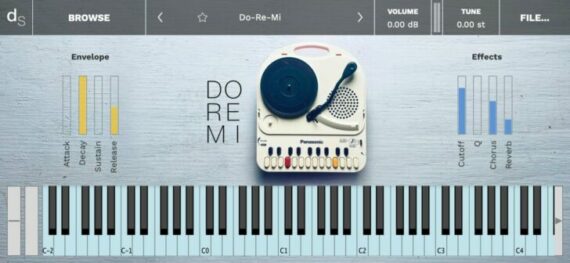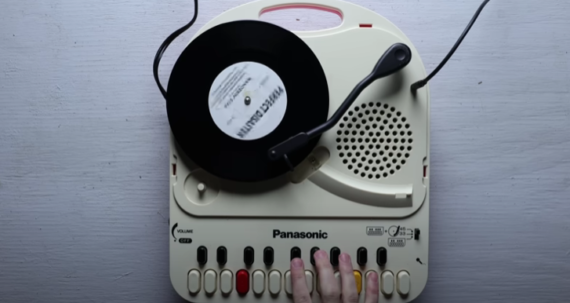Jolin ROSA Multi-Mode Crossfader, Scanner & Switcher Module For Eurorack Systems
Italian synth maker Jolin has introduced ROSA, a multi-mode crossfader, scanner, and switcher module for Eurorack modular systems.
ROSA has three distinct modes that let you shape and route signals in various ways:
- Scan Mode: In this mode, you can seamlessly morph between up to four inputs. The scanning circuit moves progressively from IN1 to IN4, with the option to loop back to IN1 for continuous transitions. By adjusting the KNEE control, you can choose whether the transitions are smooth and gradual or sharp and instantaneous.
- Wave Mode: In this mode, the four VCAs operate independently. Each VCA still follows the same control from the scanning circuit, but they are kept separate. This allows you to modulate four different channels independently, creating complex dynamic changes in your patch.
- Pass Mode: Here, a single input is distributed across up to four outputs. If more than an input is plugged, they will be mixed together. This is ideal for sending the same signal to multiple destinations, like quadraphonic speaker setups or different effects chains. The transition between outputs can be smooth or sharp, giving you full control over how the signal moves between outputs.
The KNEE control shapes how the transitions behave in all modes, letting you switch from soft fades to abrupt jumps, depending on your needs.
The SHUT input mutes all VCAs simultaneously, making it ideal for performance control or rhythmic muting. Since the VCAs are linear, amplitude control can be gradual or instantaneous, depending on the nature of the CV input.
The official ROSA intro video:
The ROSA is available now for €269.00.





